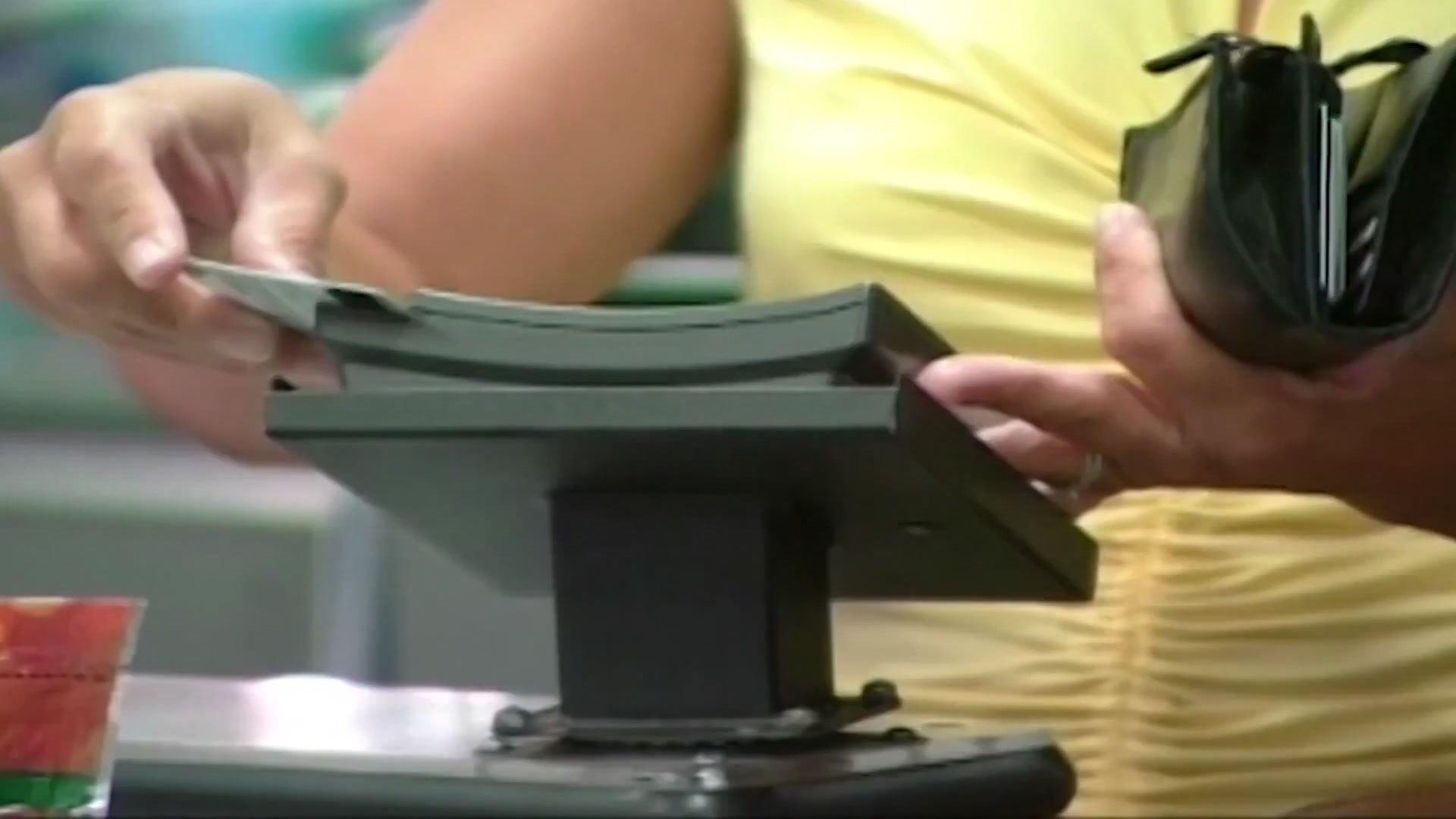With federal funding slashed, the North Texas Food Bank must find new ways to provide food for struggling families. NBC 5’s Candace Sweat reports.
Local food banks are taking a direct hit as the Trump administration slashes billions of dollars in funding for two federal programs. Those USDA programs helped schools and food banks purchase food from farms.
The North Texas Food Bank tells NBC 5 it will now have to make some tough decisions as it works to help families struggling to make ends meet.
Watch NBC 5 free wherever you are
Like many other nonprofit relief organizations, the food bank has been monitoring changes at the federal level. Recently, the USDA discontinued a program that allowed food banks to purchase food from local farmers.
Trisha Cunningham, president and CEO of the North Texas Food Bank, spoke to NBC 5 about how the program has historically helped farmers throughout North Texas.
Get top local stories in DFW delivered to you every morning with NBC DFW's News Headlines newsletter.
“It’s an economic incentive for some of these lower-scale farmers and producers so they can try to be competitive with some of these larger producers to keep our farm industry strong,” Cunningham said.
She said they’re no longer counting on the funding they had hoped to receive through the local food cooperative agreement, and the impact will be significant.
“If they funded it at the same level as the current LFPA program, that would’ve been about $9.2 million that we would’ve had to be able to purchase food,” she said. “We’re talking about hundreds of thousands of pounds of food that we will not be able to provide out to our community.”
Local
The latest news from around North Texas.
Thirty-five percent of food distributed by the North Texas Food Bank is fresh produce. A large portion of that percentage comes from local farmers and ends up in the North Texas Food Bank’s USDA-designated room.
As for the farmers in nearby and rural areas of North Texas who helped fill this room, Cunningham said they will continue to partner with them as much as possible, but that might prove difficult.
“We certainly will try to continue to support these local farmers as much as we can. But not having those dollars to be able to do that, we have to make all of our donor dollars work extremely hard,” she said.
Cunningham said the number of people served through NTFB has only increased since the pandemic, and they are prepared for even more people seeking assistance from food banks and pantries in the coming months.
Last year, the North Texas Food Bank partnered with 500 food pantries and community organizations to provide access to 106 million meals across its service area.
The Tarrant Area Food Bank announced Tuesday that it also expects significant cuts.
"For us it amounts to about 4.2 million dollars in food for this fiscal year, so it’s not inconsequential. It roughly represents about 10 percent of our budget this year, and so we’re actively looking at other ways to make up that deficit," said President and CEO Julie Butner.
Butner said they've already launched a campaign to reach out to both individual donors and those within the food industry.
She said without help, the TAFB will be about two and a half million meals short in 2025.
It averages serving one million meals each week.
As they weather the cuts, Butner said she and her staff will continue advocating for a strong Farm Bill in September 2025 to help local farmers and growers, while providing ongoing assistance to families struggling with food insecurity.
That includes promoting policies that establish strong partnerships between farmers and food banks, which support local agriculture, stabilize food prices and enhance food security.



